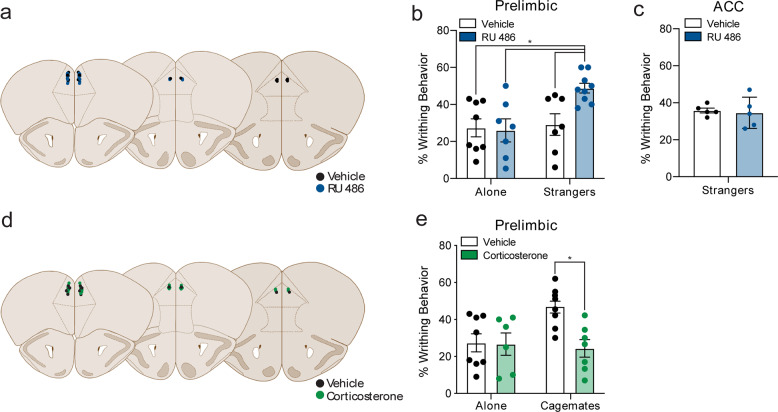Fig. 3. Selectively targeting glucocorticoid receptors in the prelimbic cortex modulates pain contagion.
a Schematic illustration showing the center of the microinjection sites within the prelimbic cortex for vehicle and RU 486. b Bilateral microinjections of the glucocorticoid receptor antagonist RU 486 in the prelimbic cortex enhance writhing behavior in mice tested in stranger dyads (n = 9) when compared with vehicle-injected stranger dyads (n = 7), and mice tested alone, both vehicle-injected (n = 8) and RU 486-injected (n = 7) (two-way ANOVA, main effect of social context: F1,27 = 6.37, p = 0.02; social context × drug interaction: F1,27 = 4.67, p < 0.05). c Bilateral microinjections of RU 486 within the anterior cingulate cortex do not enhance writhing behavior in stranger dyads (n = 5) when compared with vehicle-injected stranger dyads (n = 5) (t8 = 0.3, p = 0.77). d Schematic illustration showing the center of the microinjection sites within the prelimbic cortex for vehicle and corticosterone. e Bilateral microinjections of the glucocorticoid receptor agonist corticosterone in the prelimbic cortex, decreased writhing behavior in mice tested in cagemate dyads (n = 7) when compared with vehicle-injected cagemate dyads (n = 8) and mice tested alone, both vehicle-injected (n = 8, replotted from b) and corticosterone-injected (n = 6) (two-way ANOVA, main effect of drug: F1,24 = 4.96, p < 0.05; social context × drug interaction: F1,24 = 4.3, p < 0.05). *p < 0.05.

